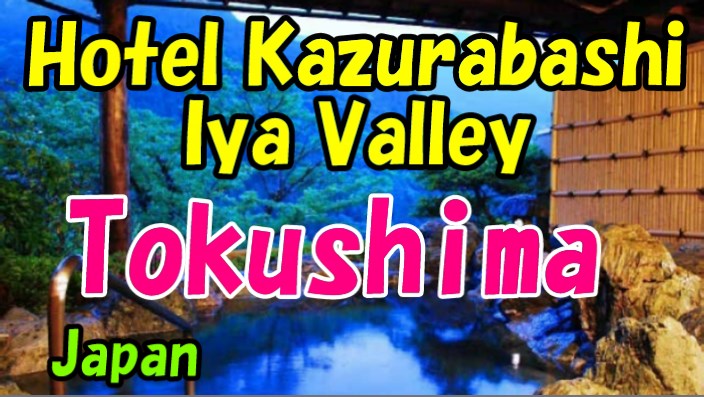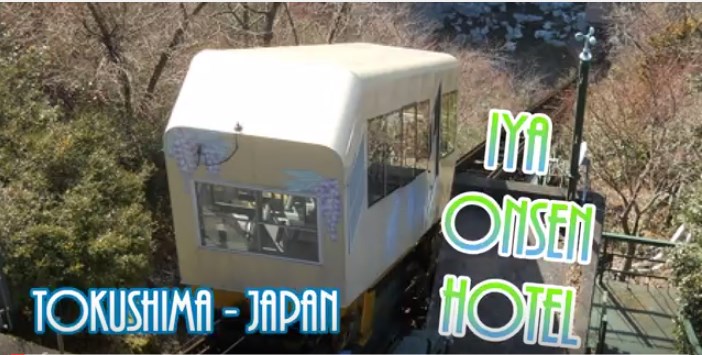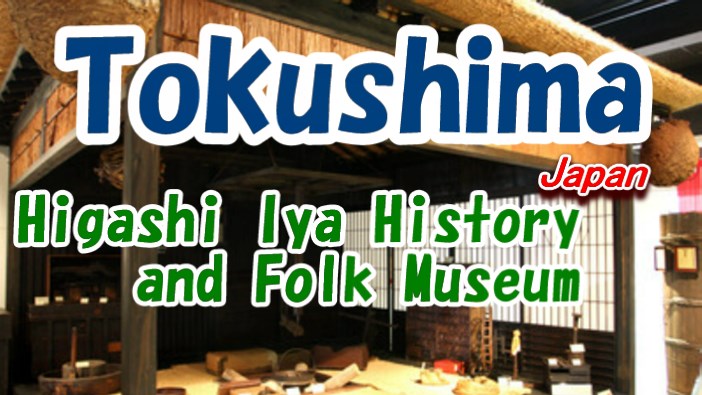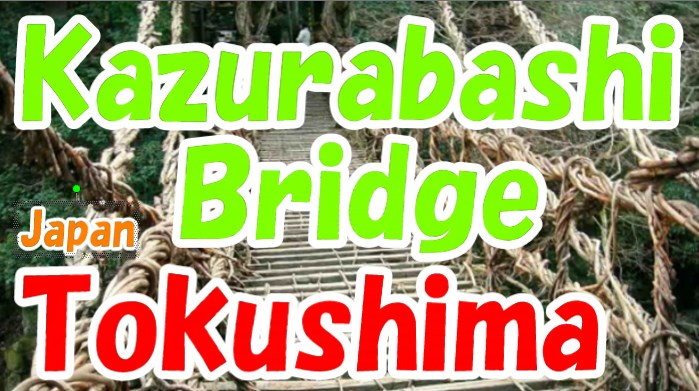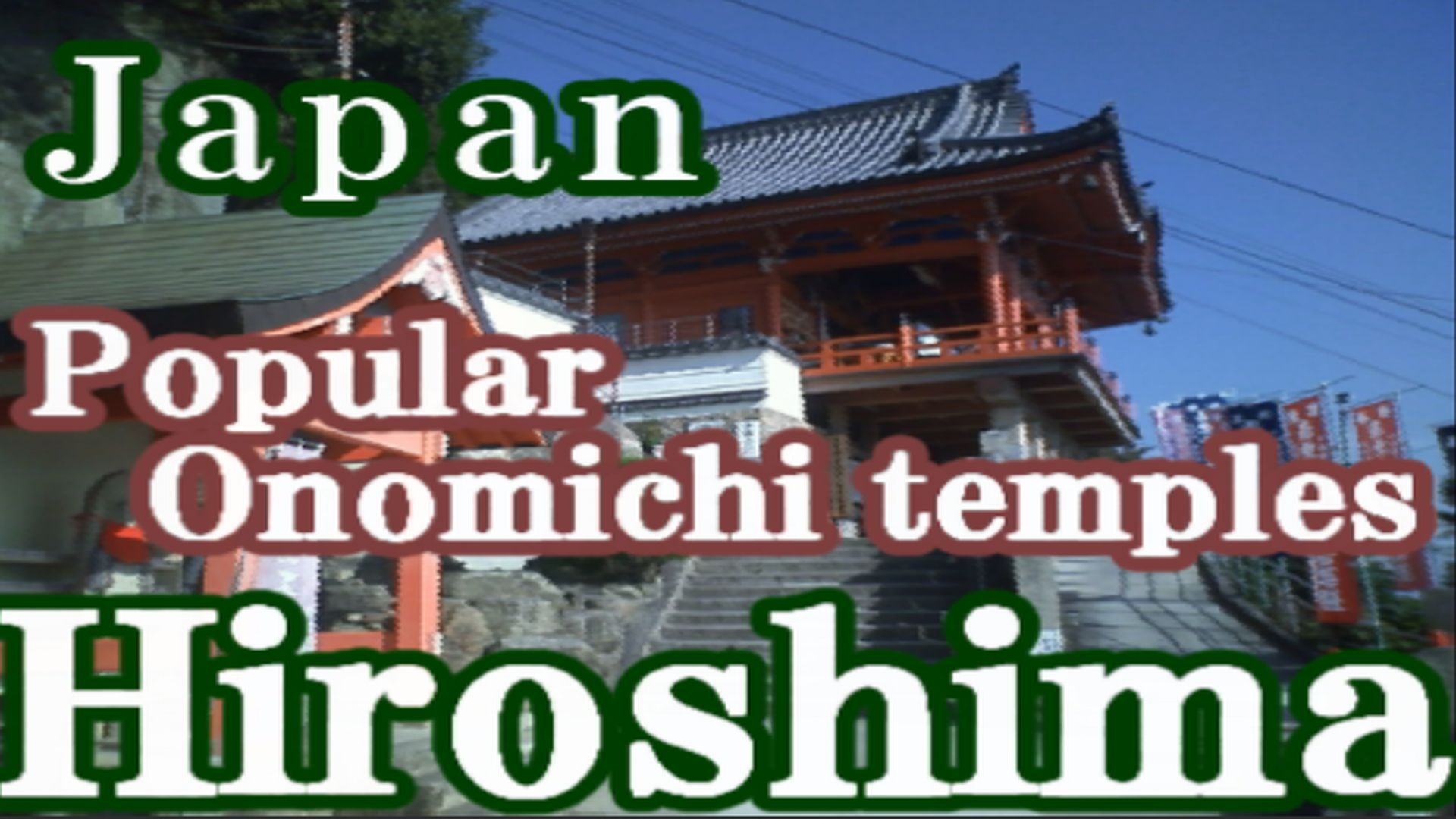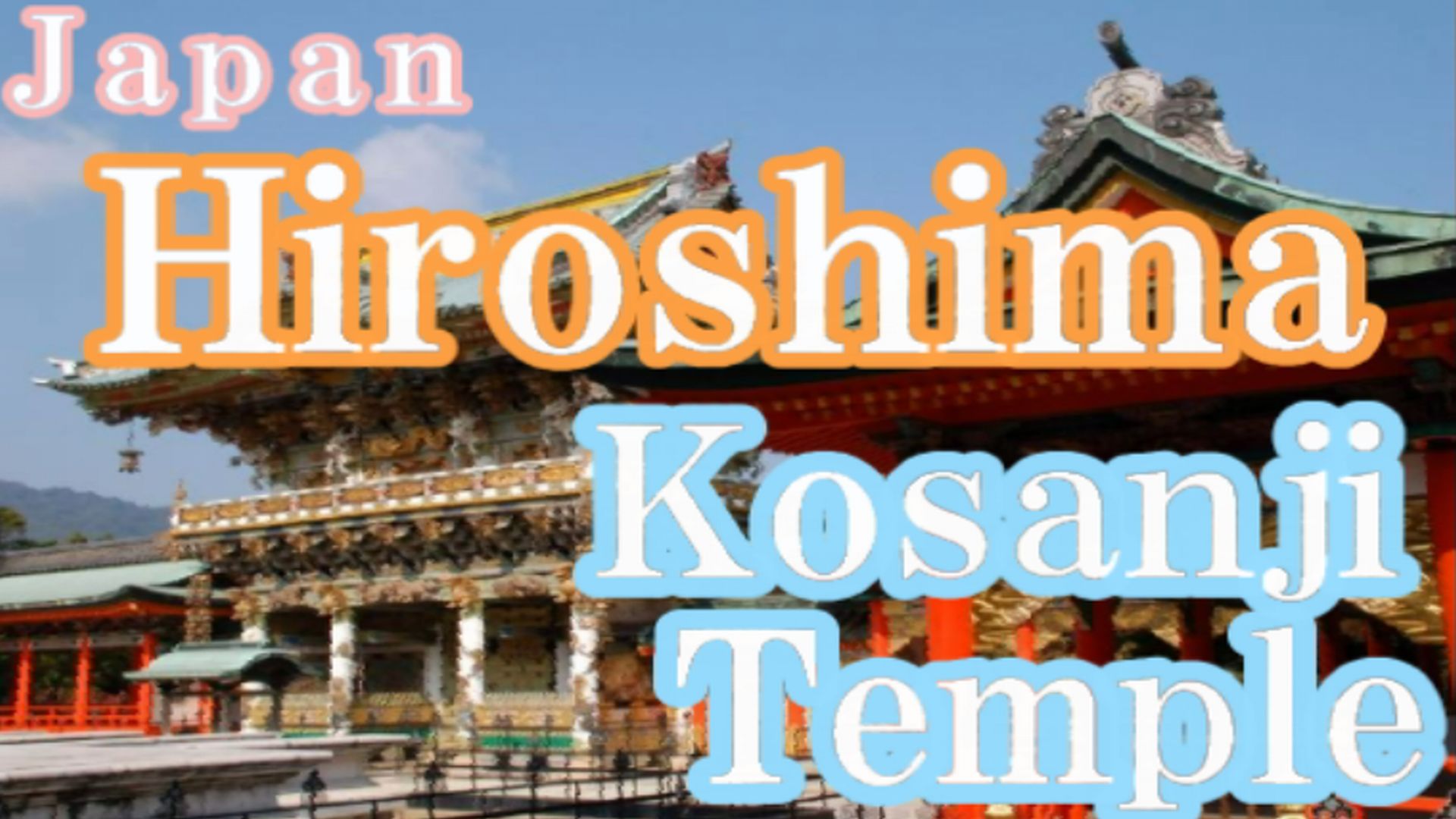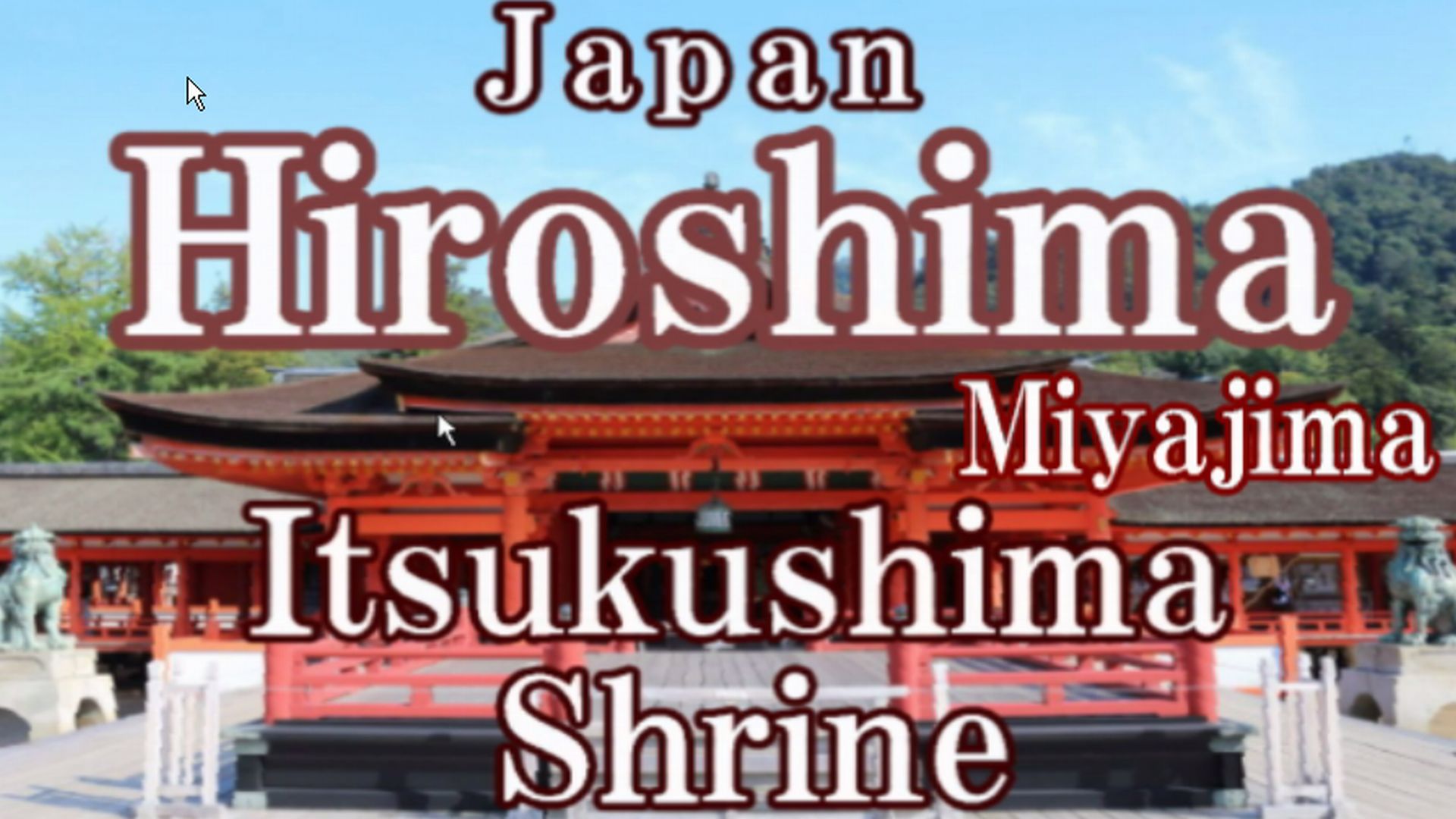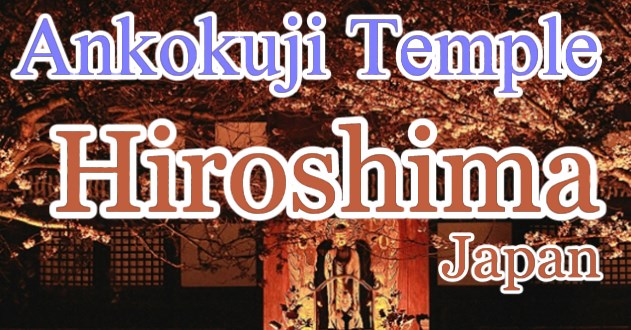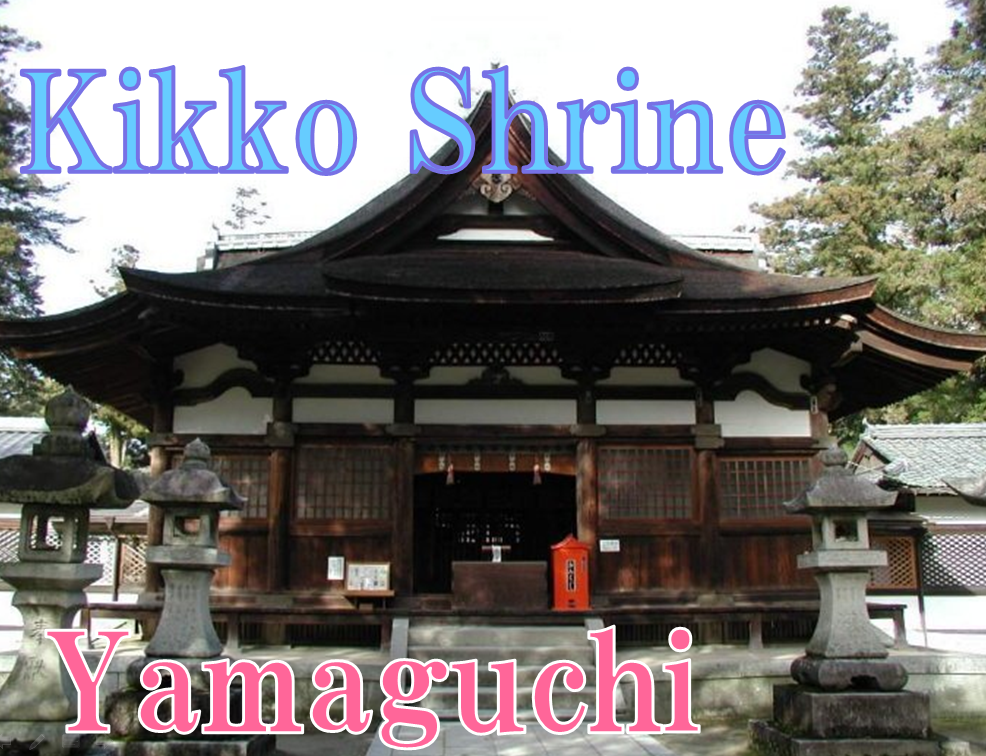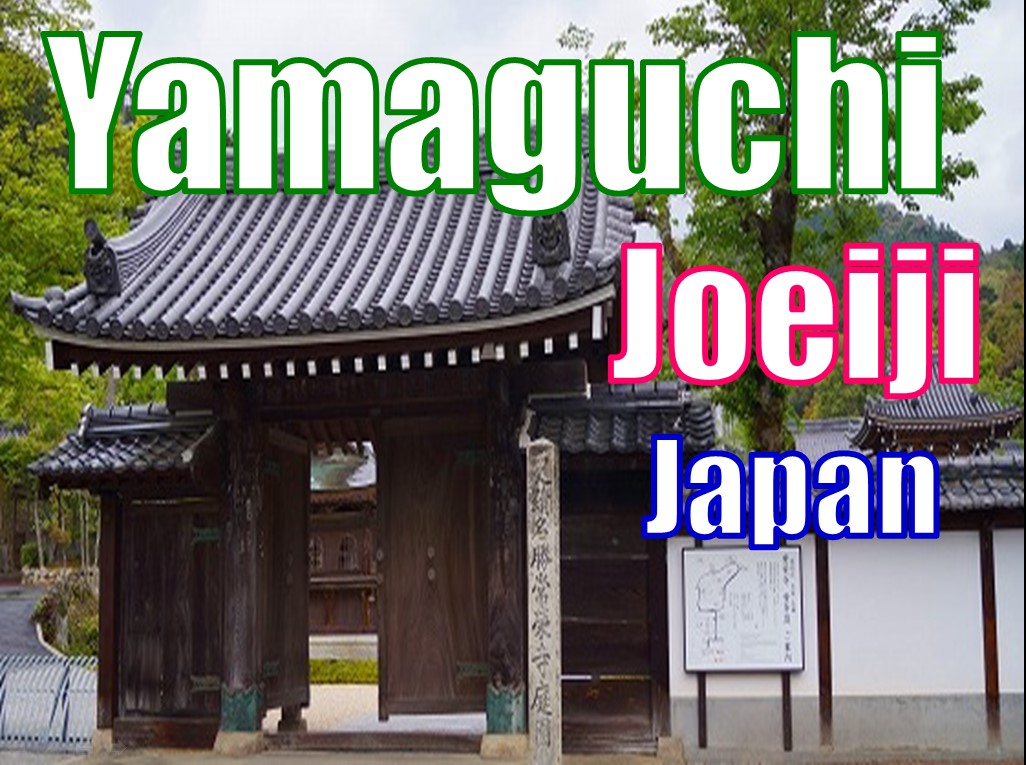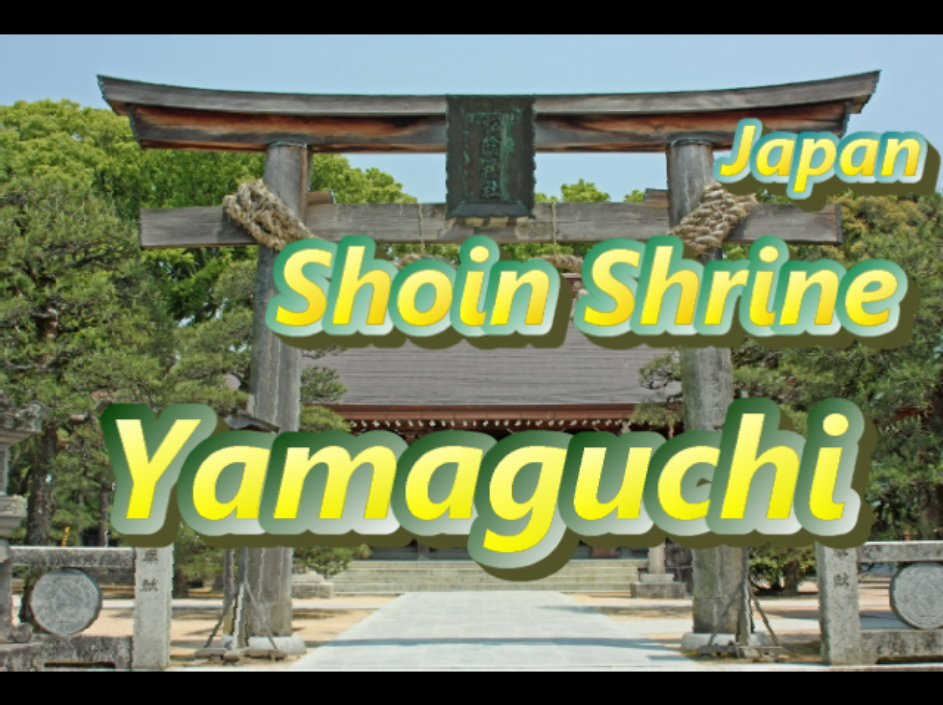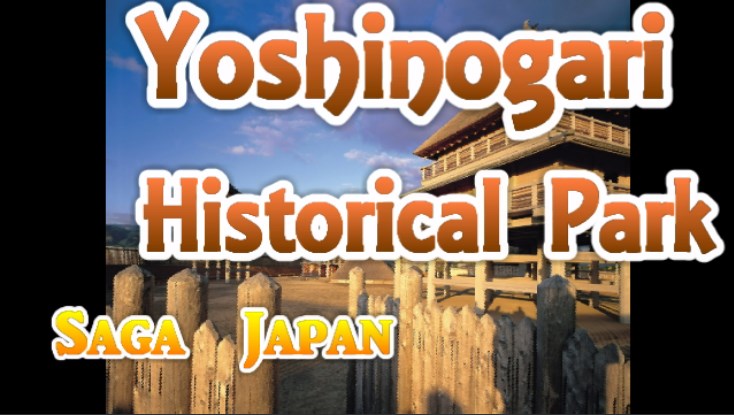Tozan Shrine, located in Arita Town of western Saga Prefecture, is a “porcelain” shrine,
incorporating Arita’s famous pottery in the shrine’s construction.
Arita-yaki (Arita Porcelain) has a history of over 400 years, when Toyotomi Hideyoshi brought highly talented Korean craftsmen to Japan.
In 1616, one of these talented gentleman discovered kaolin, one of the main ingredients for porcelain.
The kaolin was discovered at Izumiyama Quarry. As a result, Arita became the first place porcelain was produced in Japan.
Tozan Shrine was founded in 1658.
It is dedicated to Emperor Ojin, Nabeshima Naoshige, and Yu Sam-pyeong
(the father of Arita Porcelain).
The shrine has porcelain Komainu—guardian dogs—as well as a porcelain Torii gate.
In April 2000, the porcelain torii gates were designated as Tangible Culture Properties.
Facility Information:
Hours: Always open
Admission: Free
【The Best Savings--Ultimate Japan Coupon Site Moopon】
Official Website : https://moopon.jp?lang=english
facebook:https://www.facebook.com/jbp365
【Our Sister YouTube Channel】
The Best Japan Trip ・Useful Information in Japan(English): http://bit.ly/1dfkVJF
旅日首選旅館、飯店、餐飲及娛樂・旅日精選景點(中文繁体): http://bit.ly/1vh2zcU
旅日首选旅馆、饭店、餐饮及娱乐・旅日精选景点(中文簡体):http://bit.ly/1MXdp6X
Wisata terbaik Jepang Informasi di Jepang(Bahasa Indonesia): http://bit.ly/1DylnPS
日本のおすすめ旅館・ホテル・レジャー・飲食店・日本のオススメ観光地(Japanese): http://bit.ly/1vIjitd
| Deal Expiration date | 2015/09/28 | ~ | 2025/09/28 |
| Coupon Expiration date | 2015/09/28 | ~ | 2015/09/28 |
Odaru, Arita, Nishimatsuura-gun, Saga, 844-0004
Japan
Tourist Information--No Purchases
| Deal Expiration date | 2015/09/28 | ~ | 2025/09/28 |
| Coupon Expiration date | 2015/09/28 | ~ | 2015/09/28 |


 Japan
Japan  Indonesia
Indonesia  USD
USD  TWD
TWD  HKD
HKD  CNY
CNY  SGD
SGD 





